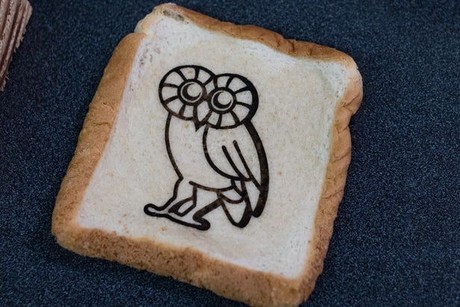Hungry? Eat your RFID tag

At Rice University, scientists are looking at ways to embed conductive identification tags and sensors into the products themselves, including food. They are not using traditional printing with edible inks but rather converting some of the food itself into graphene.
The team has developed a method that uses a commercial laser to transform the top layer of an inexpensive polymer film into graphene foam.
Consisting of microscopic, cross-linked flakes of graphene, the foam is a two-dimensional form of carbon that can be written into target materials in patterns and used as a supercapacitor, an electrocatalyst, radiofrequency identification (RFID) antennas and biological sensors, among other potential applications.
The ‘tags’ could for example, potentially act as sensors to detect E. coli or other microorganisms on food.
Digital labelling trial proposal in NZ for certain imported food
The New Zealand Minister for Food Safety is seeking feedback on a proposal to enable a trial of...
CCEP's reverse vending machine rollout
Coca-Cola Europacific Partners' first RVM has opened in Moorabbin, with others planned across...
Smarter 'natural' packaging for food of the future
From food waste sugars into natural plastic films, researchers at Monash University are creating...











